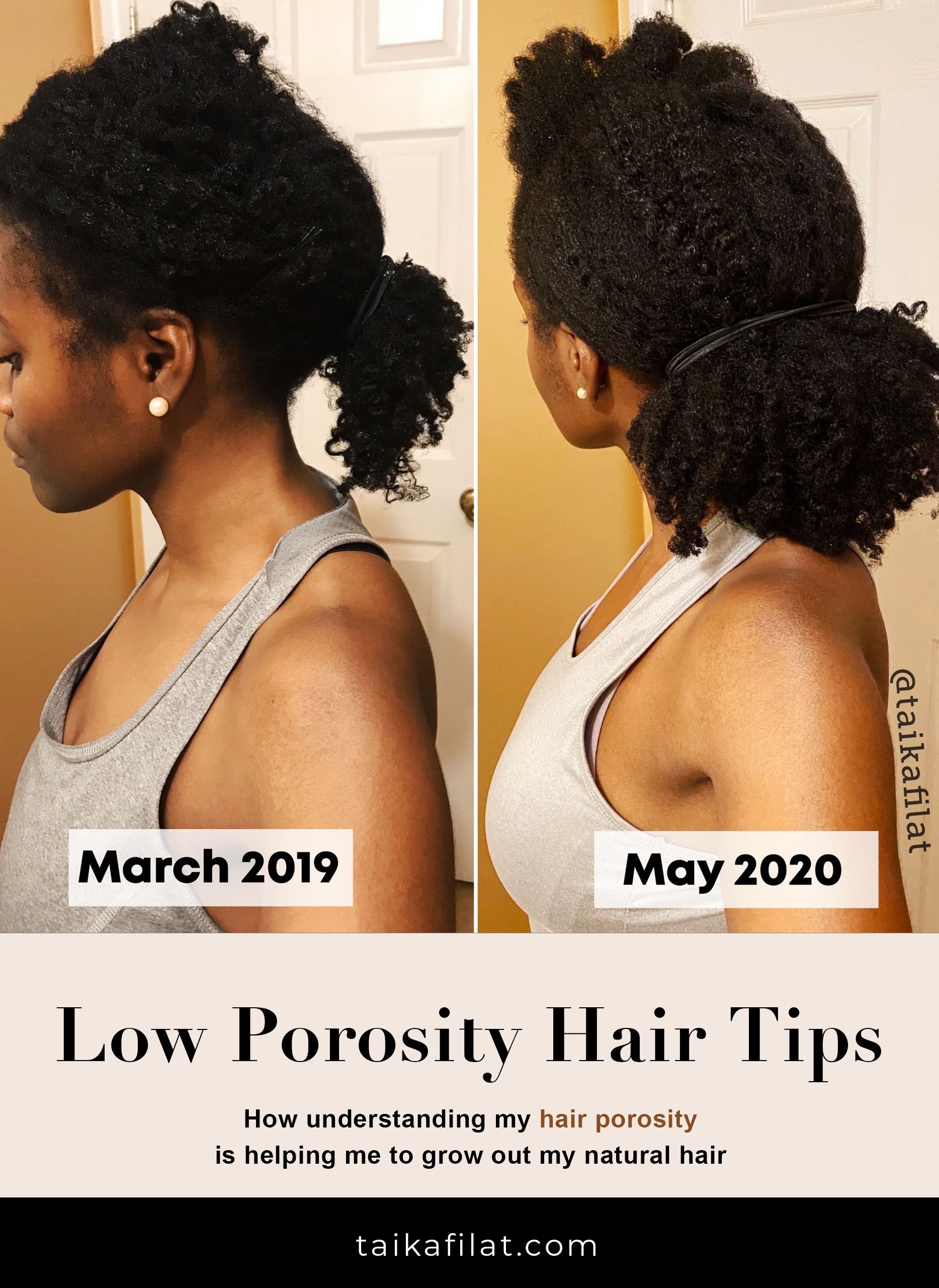
The Importance of Understanding Hair Porosity
Understanding the porosity of your hair is crucial for developing an effective hair care regimen. Hair porosity refers to the hair’s ability to absorb and retain moisture, and it falls into three categories: low porosity, normal porosity, and high porosity. Identifying your hair’s porosity can help you choose the right products and techniques to keep your hair healthy and well-moisturized.
Identifying Your Hair Porosity
To determine your hair’s porosity, you can conduct a simple porosity test. One common method is the water test, where you place a strand of clean hair in a glass of water. If it floats, you likely have low porosity hair. If it sinks slowly, you probably have normal porosity hair. And if it sinks quickly, you likely have high porosity hair. Other signs of low porosity hair include products sitting on top of the hair rather than absorbing, slow drying time, and a tendency to feel dry and hard.
Low Porosity Hair Care
If you have low porosity hair, the focus of your hair care regimen should be on opening up the hair’s cuticles to allow moisture to penetrate. Use lightweight, liquid-based products that won’t sit on the hair. Look for products with ingredients that can penetrate the hair shaft, such as aloe vera, glycerin, and water-based leave-in conditioners. Additionally, using heat during deep conditioning treatments can help open up the hair cuticles and allow for better product absorption.
Normal Porosity Hair Care
For those with normal porosity hair, maintaining a balanced hair care regimen is key. Normal porosity hair typically has a smooth cuticle layer, allowing for easy moisture retention. Look for products that provide moisture and nourishment without weighing the hair down. Consider using protein treatments to maintain the hair’s strength and elasticity, and be mindful of environmental factors that can affect porosity, such as heat styling and chemical treatments.
High Porosity Hair Care
Managing high porosity hair involves focusing on repairing and sealing the hair cuticles to prevent moisture loss. Look for products that contain ingredients like shea butter, coconut oil, and protein to strengthen and repair the hair. Use leave-in conditioners and sealants to lock in moisture, and consider incorporating regular deep conditioning treatments to help maintain the hair’s moisture balance. Additionally, protecting the hair from environmental damage, such as UV rays and heat exposure, is essential for managing high porosity hair.
Conclusion
Understanding your hair’s porosity is essential for creating a customized hair care regimen that meets the specific needs of your hair. By identifying whether you have low, normal, or high porosity hair, you can select the right products and techniques to keep your hair healthy and well-moisturized. Whether it’s opening up the hair’s cuticles, maintaining a balance of moisture and protein, or repairing and sealing the hair, tailoring your hair care routine to your hair’s porosity can lead to healthier, more manageable hair in the long run.
You can review our digital products by following us on Etsy.



